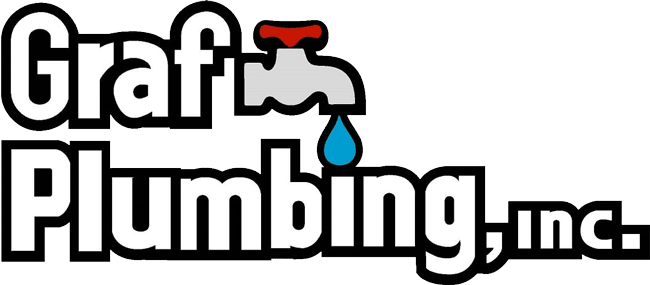Reverse Osmosis Systems

Reverse Osmosis (RO) systems are an effective way to improve the quality of your home’s drinking water. Here’s an overview of what Reverse Osmosis is, how it works, its benefits, and considerations for installation.
What is Reverse Osmosis?
Reverse Osmosis is a water purification process that removes contaminants from water by using a semi-permeable membrane. It effectively reduces impurities like salts, bacteria, viruses, and other harmful substances, providing clean and safe drinking water.
How Does It Work?
1. Pre-Filtration: Water first passes through a pre-filter to remove larger particles, such as sediment and chlorine, which can damage the RO membrane.
2. RO Membrane: The water is then forced through the semi-permeable RO membrane, which allows only water molecules to pass through while blocking contaminants.
3. Post-Filtration: After passing through the membrane, water may go through a post-filter to remove any remaining tastes or odors.
4. Storage Tank: The purified water is stored in a tank until needed.
5. Dispensing: When you turn on the faucet, purified water is drawn from the tank.
Benefits of Reverse Osmosis
1. Improved Water Quality: RO systems effectively reduce contaminants, providing cleaner and better-tasting drinking water.
2. Healthier Drinking Water: Removal of harmful substances, such as lead, chlorine, and nitrates, can improve overall health.
3. Convenience: Having an RO system at home provides easy access to purified water for drinking and cooking.
4. Cost-Effective: Over time, an RO system can be cheaper than buying bottled water, especially for families.
5. Environmental Impact: Using RO reduces the need for bottled water, decreasing plastic waste.
Considerations for Installation
- Space Requirements: RO systems require a certain amount of space under the sink for the unit and storage tank.
- Water Pressure: Adequate water pressure is necessary for effective operation; some systems may require a booster pump.
- Waste Water: RO systems produce a certain amount of wastewater during purification. Some systems are more efficient than others, so look for low-waste options.
- Maintenance: Regular maintenance is needed, including changing filters and membranes, typically every 6-12 months depending on usage and water quality.
When to Consider Reverse Osmosis
- Contaminated Water Supply: If your water supply has high levels of contaminants, such as lead or nitrates.
- Hard Water Issues: While RO systems don’t soften water, they can be part of a larger water treatment strategy to improve overall water quality.
- Desire for Better Taste: If you dislike the taste of your tap water, an RO system can significantly improve it.









